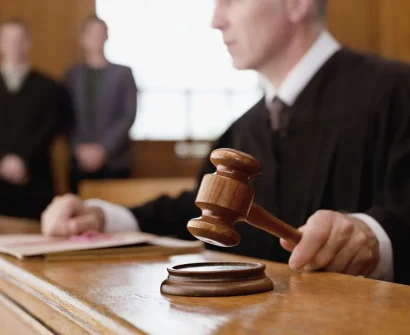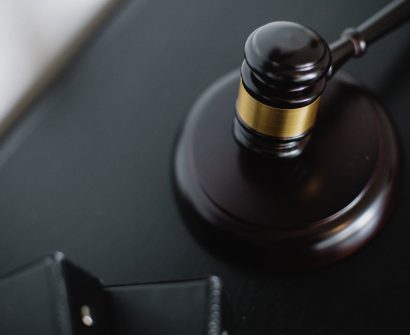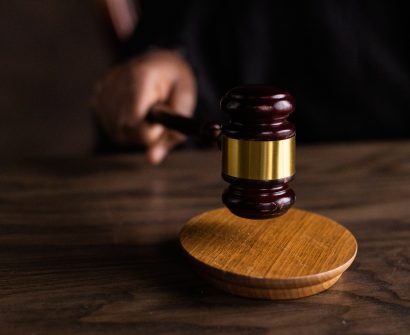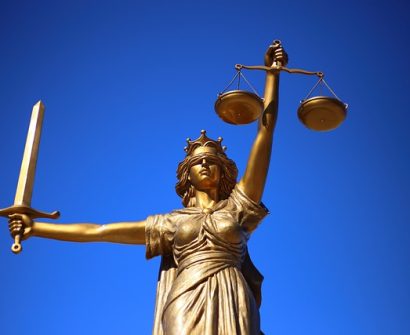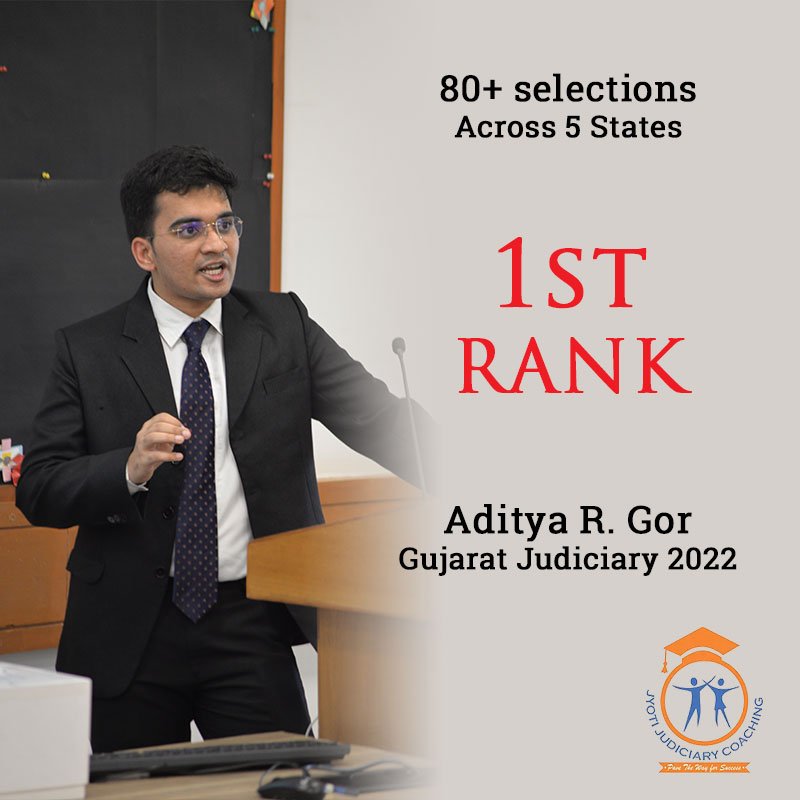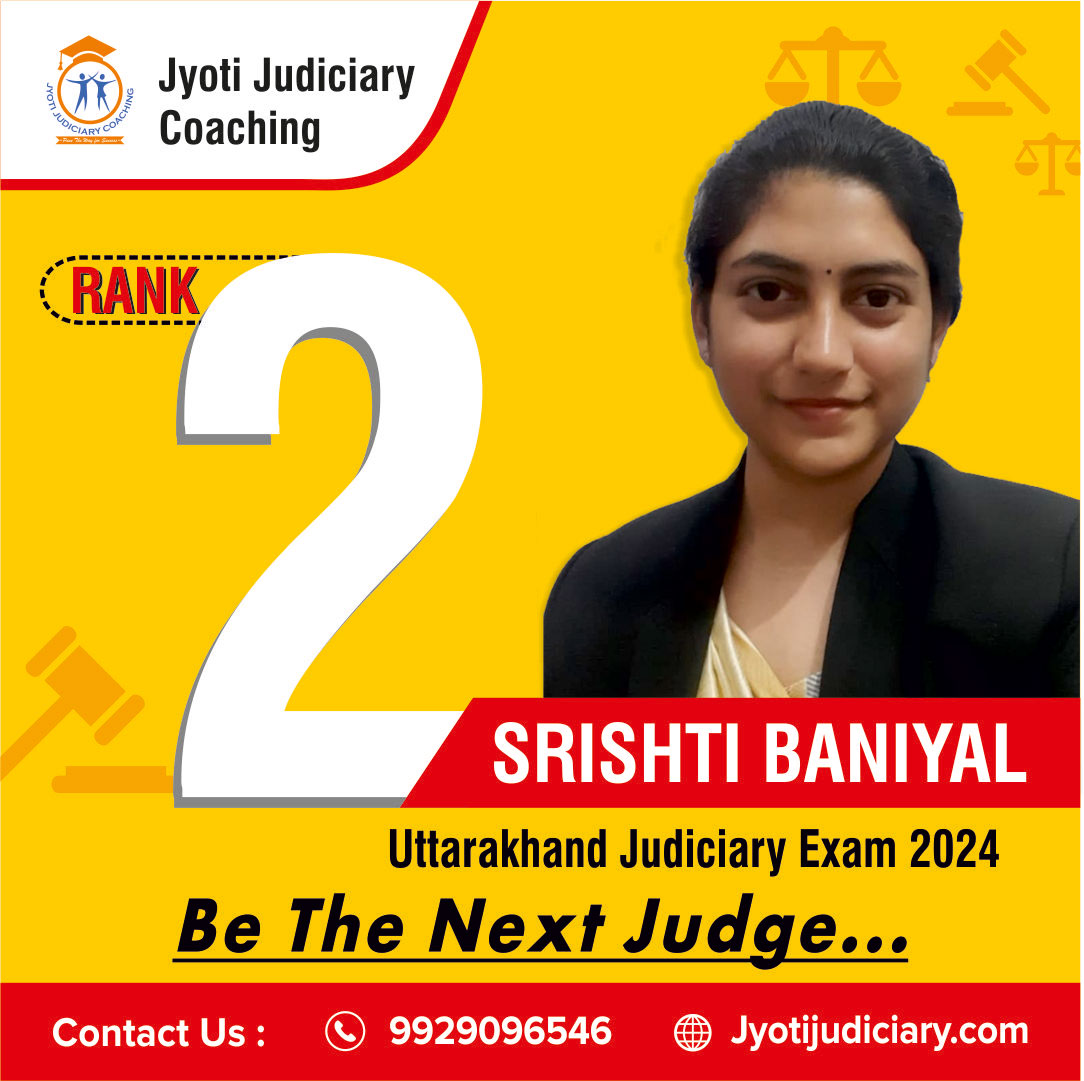
A case that the Indian judiciary set in stone is Indra Sawhney v. Union of India (1992), a nine-judge bench that is both blessed and cursed, possibly to forever witness the changing power play as well as the friction of political opportunism, pro- and anti-reservation sentiments in India.
Born out of the nationwide discord and violent protests against the imposition of the infamous Mandal Commission Report’s 27% quota for the economically and socially disadvantaged (SEBCs) in all central government jobs and public institutions, this historic case was the progeny of Indian judicial pragmatism.
indra sawhney case summary
Indra sawhney Case Facts:
In accordance with Article 340 of the Constitution, the second Backward Classes Commission was established in 1979 by then-prime minister Shri Morarji Desai.
- Under B.P. Mandal’s direction, the Commission looked into the situation of India’s socially and educationally disadvantaged groups.
- In 1980, the Commission suggested a 27% reservation for certain castes in government jobs when it ultimately published its report.
- The recommendations of the report could not be followed due to the delicate circumstances surrounding the dissolution of the Janata Party government.
- For a number of years, not much progress was made in this area. However, in 1989, when Janata Dal came back to power, they chose to follow the report’s recommendations and set aside 27% of the seats for members of the socially disadvantaged strata.
- Following this, there were protests against and in favour of reservations across a significant portion of the nation, some of which resulted in rioting.
- Following a writ suit challenging the government move before the Supreme Court, the then-prime minister, P V Narasimha Rao, issued an additional order raising the reservation level to 37% and incorporating socially, economically, and educationally disadvantaged classes.
Indra sawhney Case Issues:
For the average person, the validity of the Mandal Commission Report was the sole matter on appeal before the Supreme Court. However, in actuality, the Apex Court was charged with making decisions on a number of intricate matters that had broad ramifications. Therefore, the Indra Sawhney v. Union of India brought up the following broad issues:
- Does the caste-based reservation policy adhere to Article 16 of the Indian Constitution or is it unconstitutional?
- Should quantitative information on social and educational backwardness be used to decide reservations?
- What is the upper bound or ceiling on the total number of reservations for government employment and educational institutions?
- Should reservations be unavailable to the “creamy layer” within reserved categories?
Contentions by the Petitioner:
The petitioners specifically raised the following contentions:
- The Constitution prohibits the use of caste as a justification for reservation.
- The suggestions made by the Mandal Commission lacked any objective standards. They discriminated and acted arbitrarily.
- Merit-based reverse discrimination would result from putting the recommendations of the Mandal Commission into practice. It would compromise the administration’s effectiveness.
Contentions by the Respondent:
The respondents specifically presented the following contentions:
- Reservations are a useful tool for attaining social fairness. It is imperative to tackle the social and educational regression of Other Backward Classes (OBCs).
- The Mandal Commission conducted a thorough investigation before making its recommendations. They were required in India in order to identify and categorize OBCs.
- Reverse discrimination against merit would not occur if the recommendations of the Mandal Commission were put into practice. It wouldn’t compromise the administration’s effectiveness.
indra sawhney case judgment:
- The indra sawhney case date is November 16, 1992, in which the case was decided by the nine-judge bench.
- The indra sawhney case judges were M.H. Kania, M.N. Venkatachaliah, S. Ratnavel Pandian, Dr. T.K. Thommen, A.M. Ahmadi, Kuldip Singh, P.B. Sawant, R.M. Sahai, B.J. Reddy.
- The Indian Supreme Court affirmed the idea of reservations as a way to advance social justice and empower marginalized groups in society. It did, however, emphasize how crucial it is to strike a balance between the welfare of the country as a whole and the interests of the underprivileged.
- The ruling made it clear that reservations under Article 16(4) should not go above 50% since doing so could compromise equity and result in the opposite treatment of worthy candidates.
- The court agreed that social and educational aspects should be taken into account in addition to economic ones when assessing backwardness. The National Commission for Backward Classes was suggested as a means of identifying and classifying these individuals, with a focus on the necessity of regular updates to guarantee that reservations are granted to the rightful.
- The “creamy layer” should not be eligible for reservation advantages, the court decided. It was emphasized that reservations had to be made for those who are actually underprivileged, those who have historically experienced social prejudice and are denied opportunity. The creamy layer’s inclusion would undermine the goals of affirmative action and maintain inequality by benefiting the already well-off socially and economically.
For any latest news, judiciary exams notifications, patterns, etc watch Jyoti Judiciary’s YouTube channel for legal videos for any updates at https://youtube.com/@jyotijudiciarycoaching4852?si=2cwubh9d2A9urwJf


